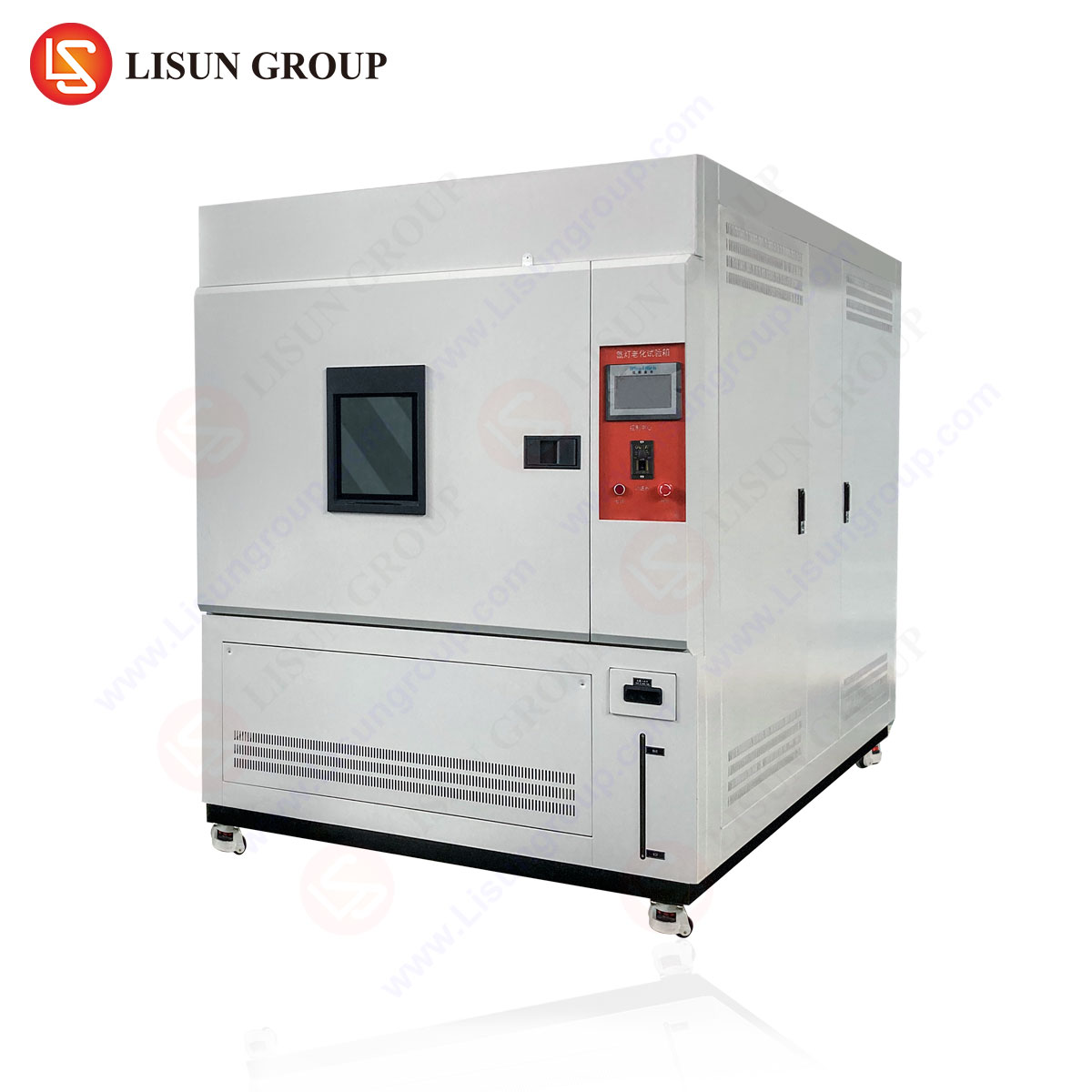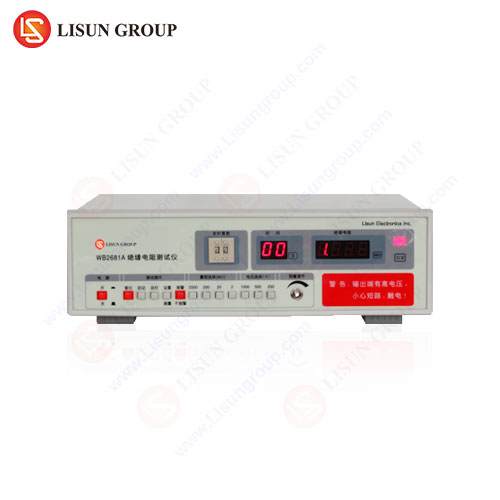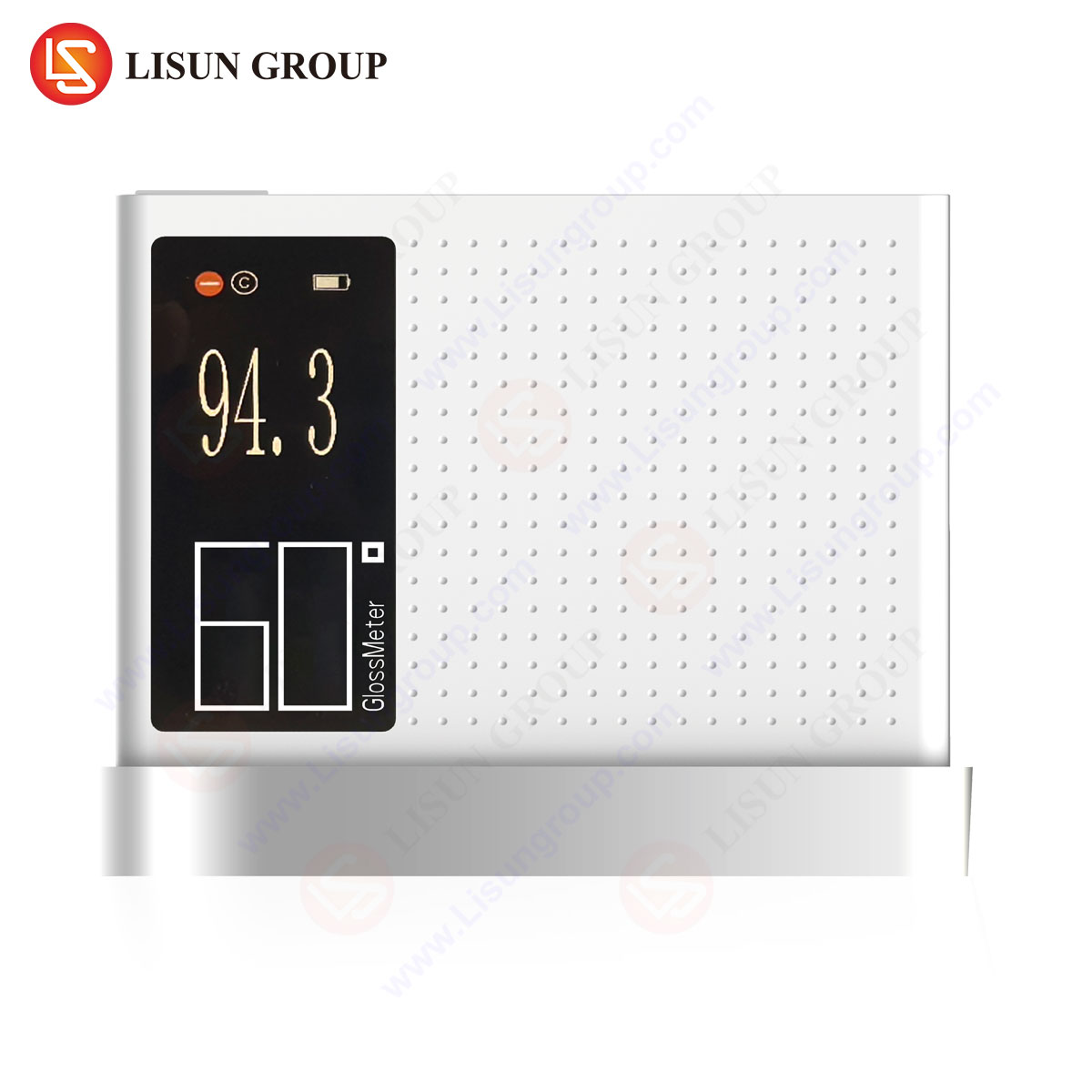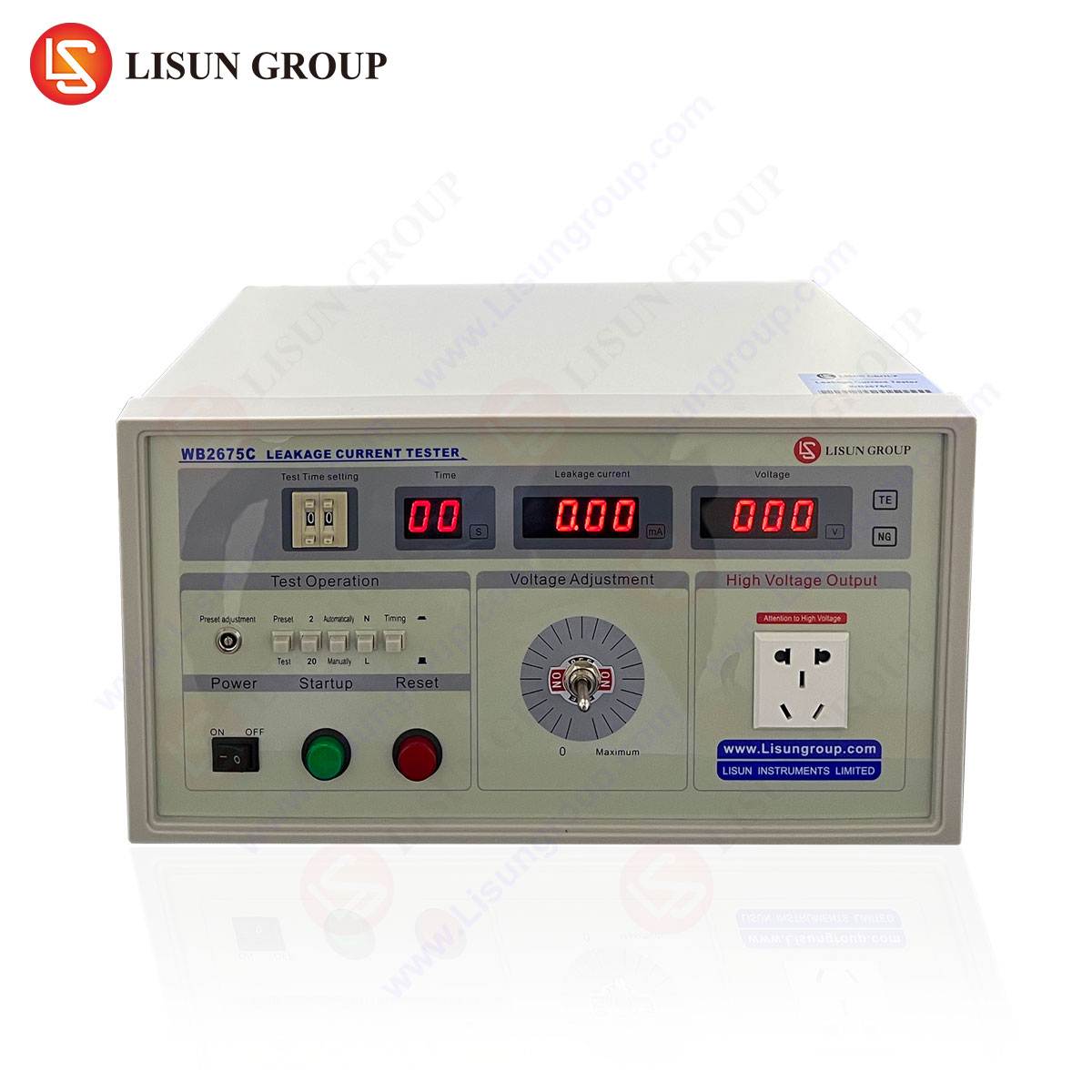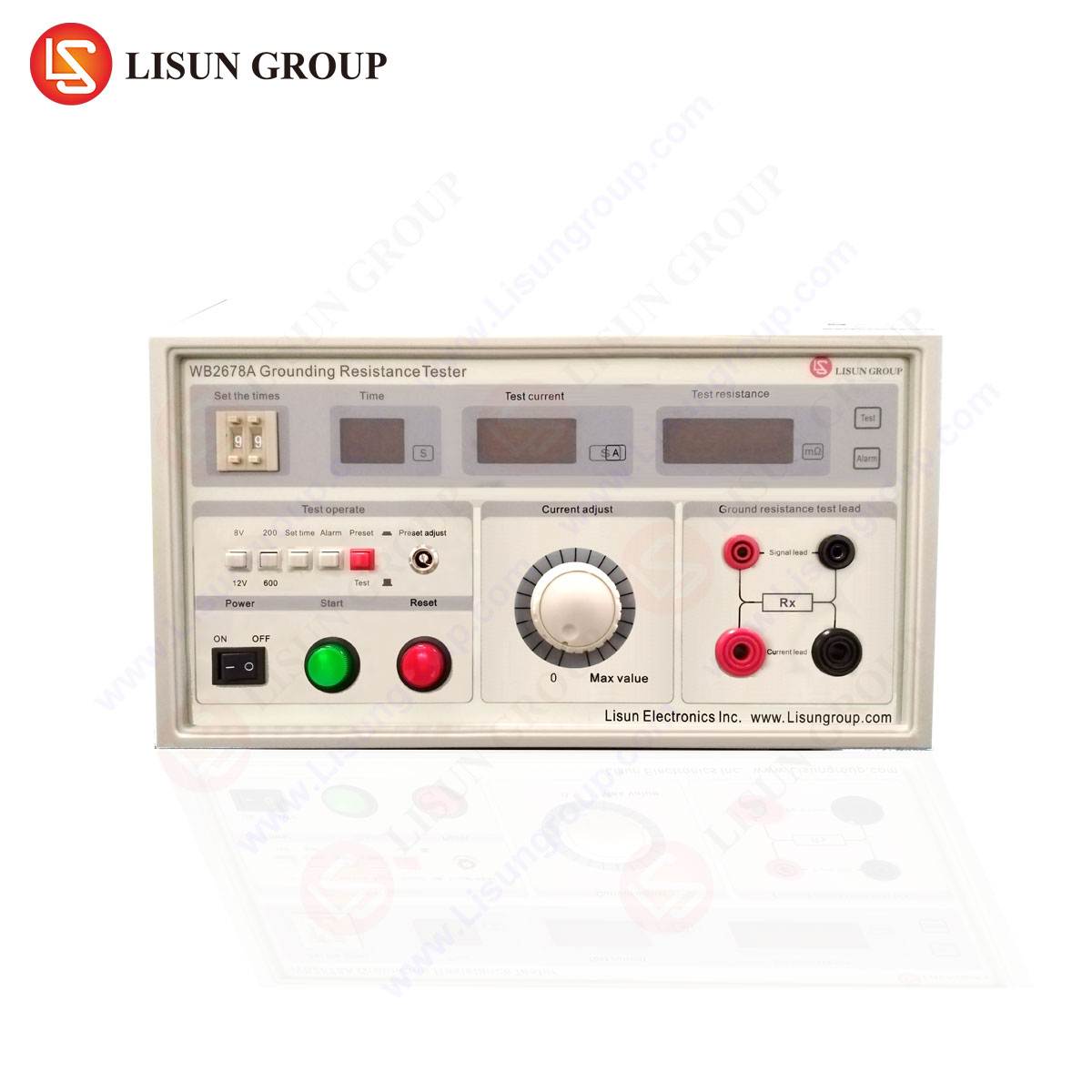Fundamentals of Xenon Arc Accelerated Weathering Testing
Accelerated weathering testing simulates long-term environmental exposure in a condensed timeframe, enabling manufacturers to predict material degradation under ultraviolet (UV) radiation, temperature fluctuations, and moisture. Xenon arc test chambers replicate full-spectrum sunlight, including UV, visible, and infrared (IR) wavelengths, providing the most accurate simulation of natural solar radiation.
The XD-150LS Xenon Lamp Test Chamber by LİSUN employs a high-intensity xenon arc lamp to reproduce solar radiation, coupled with precise humidity and temperature controls. This system adheres to international standards such as ISO 4892-2, ASTM G155, and IEC 60068-2-5, ensuring compliance across industries requiring rigorous durability validation.
Optical and Environmental Control Mechanisms in the XD-150LS
The XD-150LS integrates spectral filtration to modify irradiance output, matching specific testing requirements. Borosilicate glass filters eliminate extraneous UV-C wavelengths while allowing UV-B and UV-A transmission, closely mimicking terrestrial sunlight. An automated water spray system introduces cyclic moisture exposure, replicating dew, rain, or humidity-induced degradation.
Key specifications include:
| Parametre | Şartname |
|---|---|
| Lamp Power | 1.5 kW Xenon Arc Lamp |
| Dalga Boyu Aralığı | 290–800 nm |
| Irradiance Control | 0.3–1.2 W/m² @ 340 nm |
| Sıcaklık Aralığı | 40°C to 120°C |
| Nem Aralığı | 10% to 95% RH |
| Oda Hacmi | 150 L |
These parameters enable precise replication of extreme climates, from arid desert conditions to tropical humidity, ensuring material performance validation under diverse environmental stressors.
Industry-Specific Applications of Xenon Testing
Elektrikli ve Elektronik Ekipmanlar
Polymer housings, circuit boards, and insulating materials degrade under prolonged UV exposure, leading to embrittlement or conductivity issues. The XD-150LS evaluates encapsulation resins and thermoplastic components in industrial control systems and telecommunications equipment, identifying failure modes before field deployment.
Automotive Electronics and Exterior Components
Dashboard displays, wiring harnesses, and exterior trims undergo xenon testing to assess colorfastness and structural integrity. Automotive manufacturers rely on accelerated weathering to comply with SAE J2412 and J2527, ensuring components withstand decades of solar exposure without delamination or electrical failure.
Medical Devices and Aerospace Components
Implantable device casings and aircraft interior materials must resist UV-induced yellowing and mechanical weakening. The XD-150LS subjects these materials to extended irradiance cycles, verifying stability under ISO 10993 and DO-160 standards.
Comparative Advantages of the XD-150LS Xenon Test Chamber
Unlike fluorescent UV chambers, which emit narrowband UV spectra, the XD-150LS provides full-spectrum solar simulation, critical for evaluating photochemical reactions in coatings and composites. Its closed-loop irradiance control maintains consistent intensity, eliminating fluctuations that compromise repeatability.
Additionally, the chamber’s modular design facilitates retrofitting for specialized tests, such as salt spray or thermal shock, making it a versatile solution for multi-condition assessments.
Standartlara Uygunluk ve Test Metodolojileri
The XD-150LS aligns with:
- ISO 4892-2: Plastics—Methods of exposure to laboratory light sources.
- ASTM D7869: Evaluating weathering of printing inks.
- IEC 61340-5-1: Electrostatic discharge susceptibility in electronic assemblies.
Testing protocols typically involve:
- Continuous Irradiation: Simulating equatorial solar conditions.
- Light-Dark Cycles: Replicating diurnal variations.
- Spray Cycles: Introducing moisture to assess hydrolytic degradation.
SSS Bölümü
Q1: How does the XD-150LS differ from standard UV chambers?
The XD-150LS utilizes a xenon arc lamp, emitting a broader spectrum that includes visible and IR light, whereas UV chambers primarily emit UV-A or UV-B wavelengths. This makes xenon testing more representative of real-world solar exposure.
Q2: What maintenance is required for the xenon lamp?
Lamp replacement is recommended every 1,500–2,000 hours to maintain spectral accuracy. Regular calibration of irradiance sensors ensures consistent output.
Q3: Can the chamber simulate high-altitude UV conditions?
Yes, by adjusting irradiance levels and employing specialized filters, the XD-150LS can replicate increased UV intensity encountered in aerospace applications.
Q4: Is the XD-150LS suitable for testing photovoltaic materials?
Absolutely. The chamber’s precise irradiance control allows for solar panel degradation studies under IEC 61215 and 61646 standards.
Q5: How does humidity control impact test results?
Controlled humidity accelerates hydrolytic degradation in polymers and adhesives, revealing failure mechanisms such as cracking or loss of dielectric strength in insulated cables.


